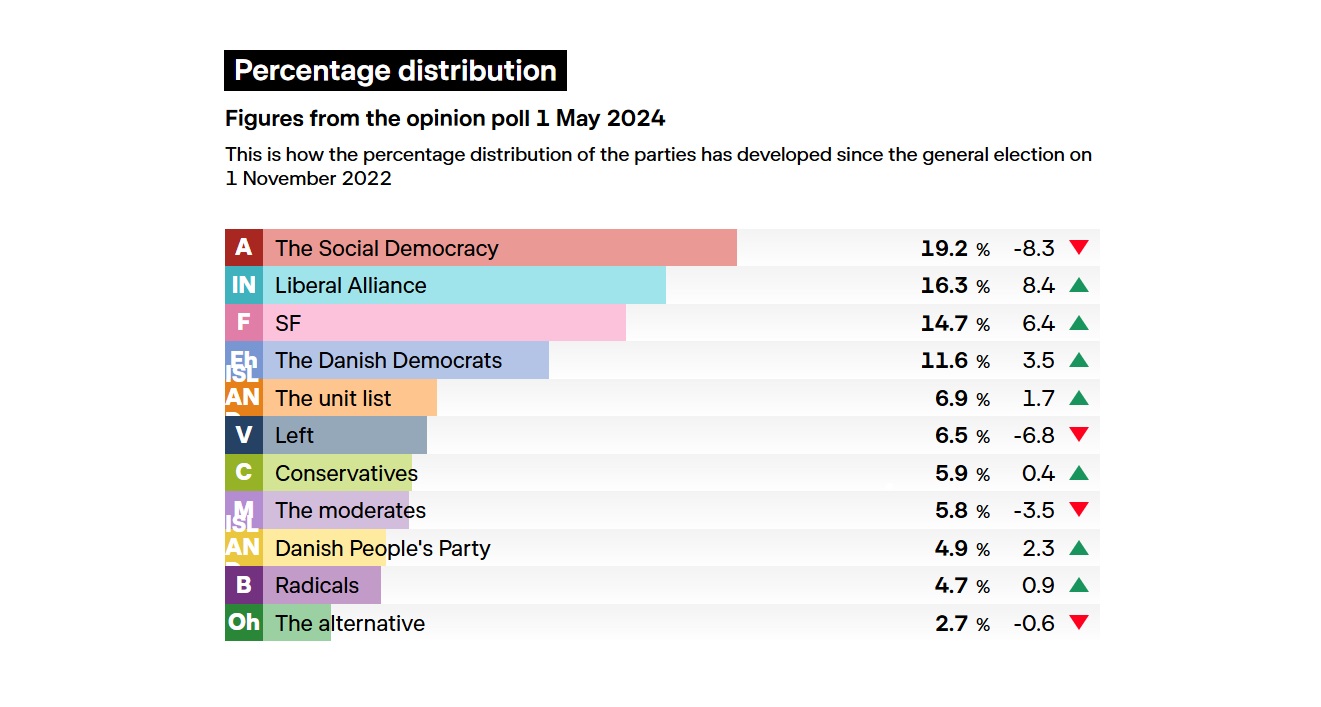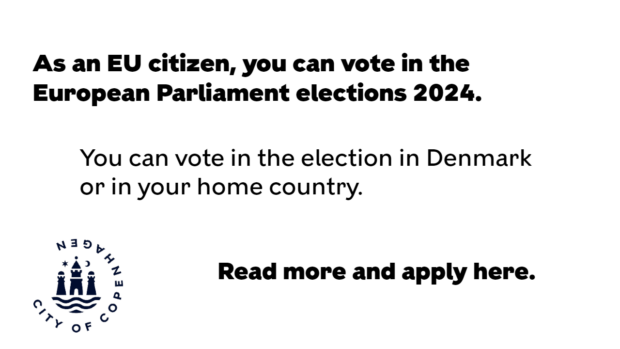Every fourth person in the Capital Region is non-Danish, which broken down means 15 percent of Copenhageners are what the Danes like to call ‘indvandrere’ (immigrants from non-Western countries and their descendants) and 10 percent are Westerner foreigners: expats, lifers, refugees of love etc.
But head outside the capital and that proportion is drastically to the extent that Denmark’s proportion of foreigners is reduced to one in eight. There are so few outsiders that the capital’s share is diluted by half.
According to a new report by UpCounsel, Denmark is seriously lagging behind many countries in this respect. Its outsider share of 12.4 percent placed it last out of the top 24 countries assessed to be most attractive to relocators.
Average performance overall
Denmark finished 19th in the report, underlining that it’s got certain qualities that foreigners will find attractive when choosing a good country to relocate to.
Its Human Development Index score was high, and it has a powerful passport.
But in what was a relatively stunted report, it is its “percentage of migrants as part of the country’s total population” that makes the most interesting reading.
How does your country fare?
Among the top 40 countries, only Finland (25th with 7.0 percent), Italy (27th with 10.6), Portugal (32nd with 9.8), South Korea (35th with 3.4), the Czech Republic (37th with 5.1) and Hungary (39th with 6.1) had lower proportions.
So where do you want to go for classrooms and office get-togethers that resemble United Nations meetings? Leading the way are the UAE (88.1), Qatar (77.3), Liechtenstein (67.9), Andorra (59.0), Luxembourg (47.6) and Singapore (1st in the report with 43.1).
Other notables included Germany (18.8), Switzerland (28.8), Sweden (19.8), Ireland (17.6), Australia (30.1), Norway (15.7), the Netherlands (13.8), Iceland (19.2), the UK (13.8), Spain (14.6), the USA (15.3), France (13.1), Japan (2.2) and China (0.1).















